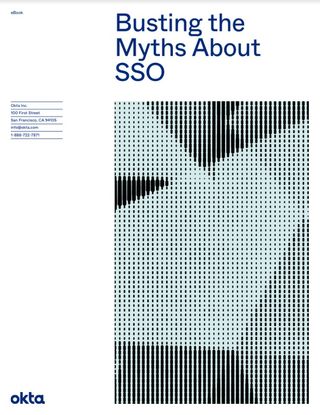Leaked report on Okta breach reveals finer details of LAPSUS$ operation
Poor OPSEC and publicly available hacking tools allowed the hackers to pull off one of the most high-profile cyber attacks of the year so far

Elements of cyber security company Mandiant’s report into the Sitel breach that led to the compromise of identity platform Okta earlier in March has been leaked online, revealing the finer details of LAPSUS$’ operation.
Sitel retained Mandiant shortly after discovering the breach and a timeline of events was illustrated by a collection of logs included in Mandiant’s report. The timeline showed LAPSUS$ downloading hacking tools straight from the web and other revelations like Sitel seemingly storing domain passwords in an Excel spreadsheet.
Analysis by independent security researcher Bill Demirkapi suggested this spreadsheet may have allowed LAPSUS$ to create a backdoor in Sitel’s environment. Sitel did not respond to IT Pro’s request for comment on this and Manditant declined to provide any further input.
LAPSUS$ used publicly available tools downloaded from GitHub to facilitate its attack, Mandiant’s report indicated, including Mimikatz - a popular tool for harvesting credentials on Windows machines.
The first recorded remote desktop protocol (RDP) connection using the affected third-party support engineer’s account was made on the 19th of January, indicating this is when LAPSUS$ first gained access to Sitel.
IT Pro asked Sitel why it did not alert its customers to the breach at the time, but it did not reply at the time of publication.
LAPSUS$ was able to simply download Mimikatz, which has been used in high-profile cyber attacks such as NotPetya, simply from its official GitHub page and run it after disabling FireEye’s endpoint protection.
Get the ITPro. daily newsletter
Receive our latest news, industry updates, featured resources and more. Sign up today to receive our FREE report on AI cyber crime & security - newly updated for 2024.
Mimikatz was used in LAPSUS$ initial reconnaissance phase of the attack and the credentials harvested using the tool allowed the group to establish a foothold and escalate its privileges in Sitel’s network.
Mandiant’s report also indicated that LAPSUS$ concluded its objective by setting email transport rules to forward all incoming and outgoing email in Sitel’s environment, an observation previously highlighted by Microsoft.
Demirkapi was subsequently released from his offensive security position at Zoom for publishing the intrusion timeline from Mandiant’s report, sparking outcry in the cyber security community.
IT Pro asked Zoom for an explanation of Demirkapi’s sacking but it did not reply.
LAPSUS$ is the hacking group that was behind major breaches of high-profile companies including Nvidia, Samsung, Microsoft, and LG.
Shortly after LAPSUS$ announced its breach of Sitel and Okta via its Telegram channel on 22 March, UK law enforcement made a number of arrests in connection with the breach.
Seven individuals aged between 16 and 21 years were arrested on 24 March. All were released but investigations are ongoing.

Connor Jones has been at the forefront of global cyber security news coverage for the past few years, breaking developments on major stories such as LockBit’s ransomware attack on Royal Mail International, and many others. He has also made sporadic appearances on the ITPro Podcast discussing topics from home desk setups all the way to hacking systems using prosthetic limbs. He has a master’s degree in Magazine Journalism from the University of Sheffield, and has previously written for the likes of Red Bull Esports and UNILAD tech during his career that started in 2015.





